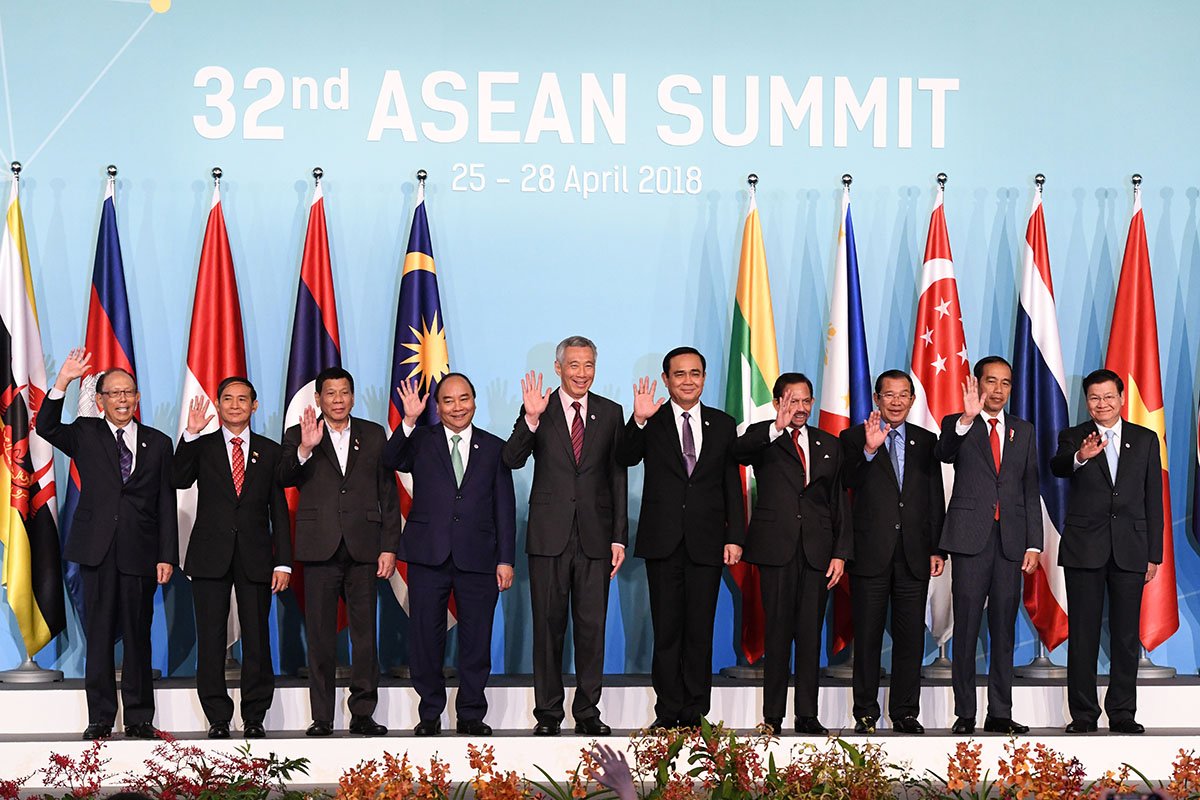SINGAPORE, Dec 30 (Reuters) – In recent months, China has sought to stabilise the yuan by orchestrating buying by state banks and giving market guidance to bankers.
The strategy of moral suasion marks a sharp break from Beijing’s approach the last time the currency was on the ropes, in 2015.
Back then, the People’s Bank of China (PBOC) resorted to official intervention as the central bank burned $1 trillion in reserves to shore it up.
The strategy market participants and analysts described to Reuters has prevented a destabilising yuan slide.
“The circumstances … at the moment are considerably more complicated because there are both domestic as well as global macroeconomic factors,” said Eswar Prasad, Tolani senior professor of international trade policy at Cornell University.
He described the PBOC’s use of “non-standard measures to intervene in foreign exchange markets” as a form of “triage” to stop the yuan falling too rapidly.
As the currency of the world’s second-largest economy and biggest exporter, the yuan’s value determines the price of goods around the world and trillions of dollars in capital flows. It also serves as a barometer of China’s challenges.
By August, however, the midpoint’s yawning deviation from trader estimates was read by the traders interviewed by Reuters as a signal the PBOC did not want the currency to go where markets were pushing it.
AGAINST THE TIDE
Managing a currency can be a white-knuckle ride.
In 2015, China cut the yuan’s midpoint by 2%, with the PBOC saying it was a one-off move to bring the trading band in line with market pricing.
This time, efforts to manage the yuan involved more targeted and specific directions to banks and currency market participants, according to the traders who spoke to Reuters.
For example, whenever momentum seemed against the yuan, state-owned banks quietly became buyers, the traders said. This generally happened around psychologically significant currency levels and seemed aimed at containing volatility.
Individual traders were not able to estimate the size of buying nor was Reuters able to confirm whether such trading was directed by the central bank.
Official data shows no evidence the PBOC sold dollars outright as it did in 2015. However, market participants noted banks sold dollars acquired by currency swaps, which would not be seen in such data.
At the same time, smaller lenders have experienced increased “window guidance” or unofficial, verbal advice from regulators to have both banks and their clients reduce dollar holdings, according to six trader and banking sources.
WORKING THE PHONES
The pressure on bankers has mirrored pressure on the yuan, which is down almost 2.8% against the dollar this year even though the benchmark dollar index lost 2.2%.
They were told companies wishing to buy more than $50 million would need approval from the PBOC, three sources said.
Bankers were also told they needed to cut spot trading, stagger dollar buying and not hold net long dollar positions at the end of any trading day, two sources said.
In recent months, regulators have called banks and queried them with surveys on a near weekly basis on the intentions of exporter customers, according to officials at five banks who spoke to Reuters. Such calls had previously been sporadic and surveys sent only monthly.
For now, however, the currency appears to have stabilised comfortably above September’s 16-year low.
Market players are unwilling to directly fight the PBOC — but nor are they willing to acquiesce entirely.
“I’ve been closely monitoring dollar prices this year, as I have dollar payments coming in every few weeks,” said one Shanghai-based exporter of electronic components surnamed Zhu.
“The daily question has been: ‘Do I need to save them, or convert them back into yuan?'” So far, she has saved them on expectations of a better yuan price for her dollars.
Sign up here.
Reporting by Reuters staff. Writing by Tom Westbrook. Editing by Paritosh Bansal and Sam Holmes
Our Standards: The Thomson Reuters Trust Principles.







